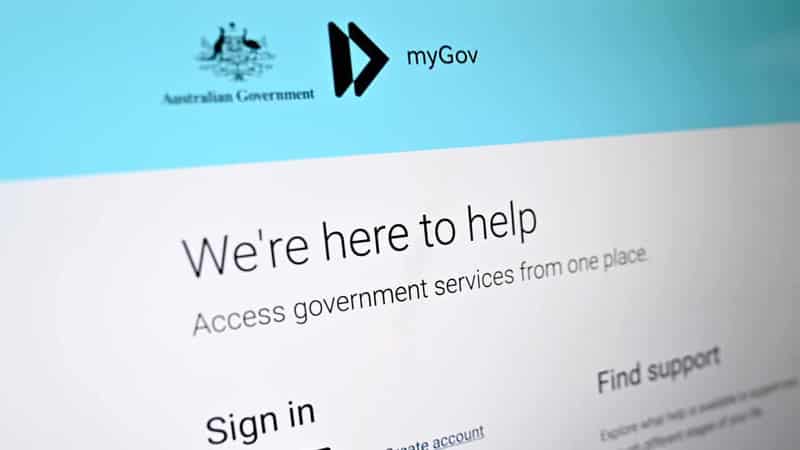
Australians could save 800 million hours on the phone or in queues waiting to speak with government agencies over the next decade if greater investments are made in digital services.
State and federal governments would also reap rewards from a greater digital push, according to a study by Adobe and Mandala Partners, which identified potential savings of $12 billion.
But the Digital Government Index, which surveyed government services in six countries, also found Australia’s digital score had slipped since 2023, dragged down by fewer multilingual options and content that was harder to read.
The findings come a week after the federal government launched a new digital identification app, myID, and after the NSW government announced plans to make all its digital services accessible and inclusive by 2030.
The Adobe study, in its third year, investigated 17 Australian state and federal government services and rated them according to site performance, digital equity and customer experience.

Across all three measures, Australia scored 67 out of 100, with its rating falling due to smaller investments in accessible and readable content, Adobe digital strategy group director John Mackenney said.
The fall followed two years of improving scores, he said, as governments tried to reach more citizens during the COVID-19 pandemic.
“As government investment has declined in this area, and as they’re trying to balance budgets, what we’ve seen is that improvement is now flat,” he said.
“The availability of multilingual content actually went down ... the readability of content also declined ... that’s concerning as we move into a more generative AI world.”
Fewer people were also able to access government services online than those who wanted to, the study found, with more than 90 per cent eager to use a digital service and only 79 per cent succeeding.
The research found the government could save $12 billion over 10 years if they met this digital need, and save people 800 million hours.
“It costs government roughly $2 for you to interact in a digital channel, it’s probably $15 to interact on a phone, and probably $100 to interact in person,” Mr Mackenney said.
“By shifting those high-cost transactions back into digital, that’s where the biggest financial benefits can come in.”
Australian governments could improve their digital service score by simplifying offerings into a “single, front door-type environment,” Mr Mackenney told AAP, as countries including the UK and Canada had done to make them easier to find.
Other improvements could include shortcuts to help citizens navigate life events such as births, deaths or the launch of a business, he said, that would normally involve several government departments.
Despite the falling score, Australia ranked second in the world for digital services, behind the UK, and the myGov portal achieved the highest score of the agencies surveyed.
Government services minister Bill Shorten said the portal and the Services Australia website scored highly due to a people-centred design.
“These models focus on presenting information in a way that aligns with people’s life events, making it easier for them to navigate and get what they need,” he said.
Of the states and territories, NSW scored the highest for its digital services, followed by Western Australia and Tasmania, while Victoria and the Northern Territory placed last.









